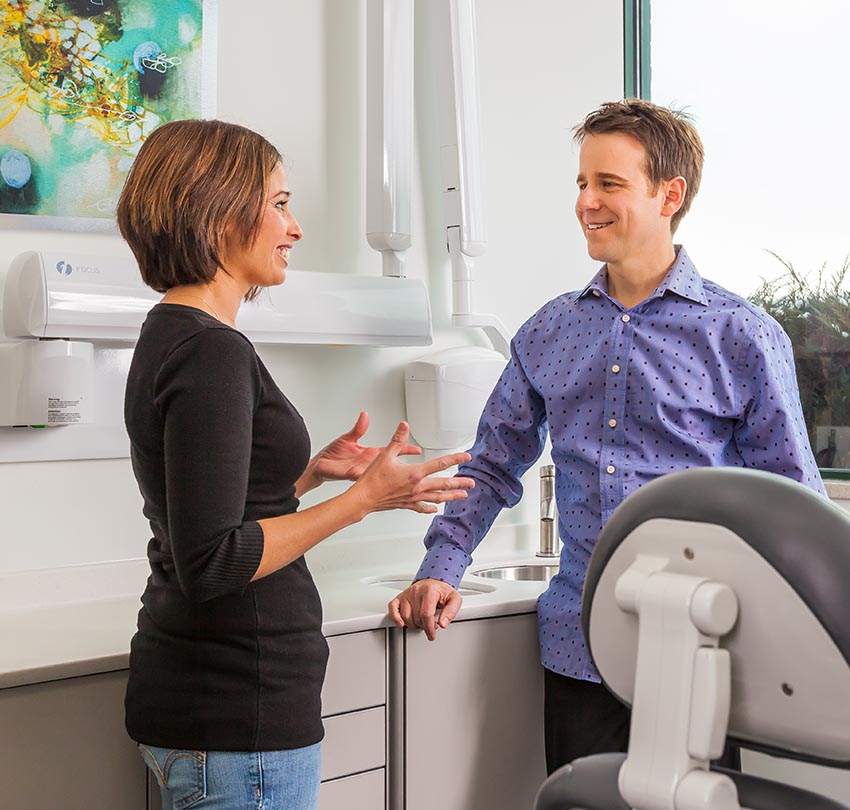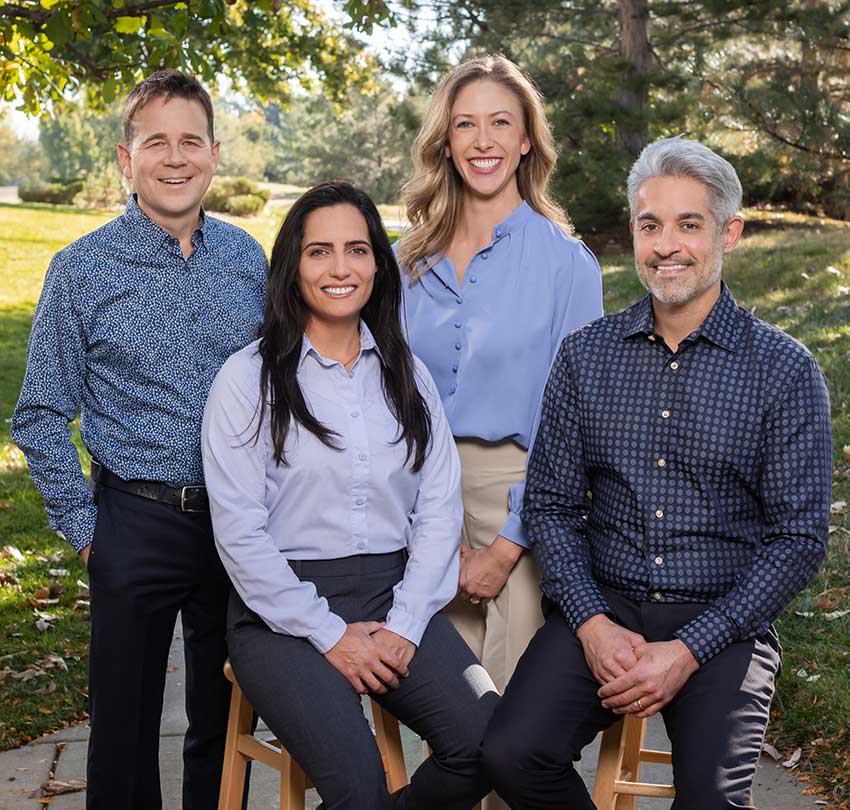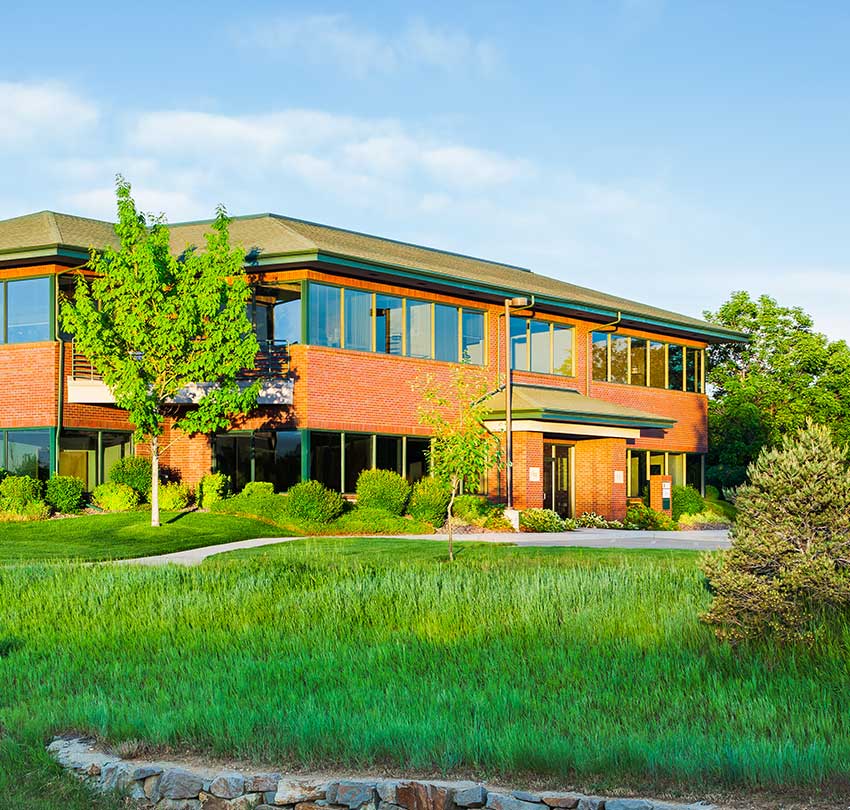Yeah, so wisdom teeth are not unlike most other extractions in that, you know, we do extract or remove the teeth under sedation and so we either bring in a team of nurse anesthetists if a patient’s medical history is very, you know, very involved and they’re very ill, we would bring in a team of, you know, anesthesiologists or we would sedate them ourselves. It’s very effective, very safe and that’s what keeps our kiddos comfortable during these procedures where, you know, usually they’re taking out four teeth at a time. You know, one thing that really has helped transform oral surgery when it comes to wisdom teeth is the use of PRF which is, which stands for platelet-rich fibrin and what that is is while you’re asleep, the patient, we do a little blood draw and we actually spin that blood in a centrifuge, a machine that spins really quickly and it separates the blood based on the weight of the cells or the density and what that gives us as, you know, the surgeons is a really nice protein-filled stable blood clot that we can then insert into the sockets.
Maybe the past year, I’ve seen a total of two to three wisdom tooth cases that have come back with something like a dry socket and since we’ve used the platelet-rich fibrin, we’ve almost seen zero cases of it and so it’s a really nice option, you know, to go about wisdom teeth in the minimally invasive and biologically, you know, sound way.



